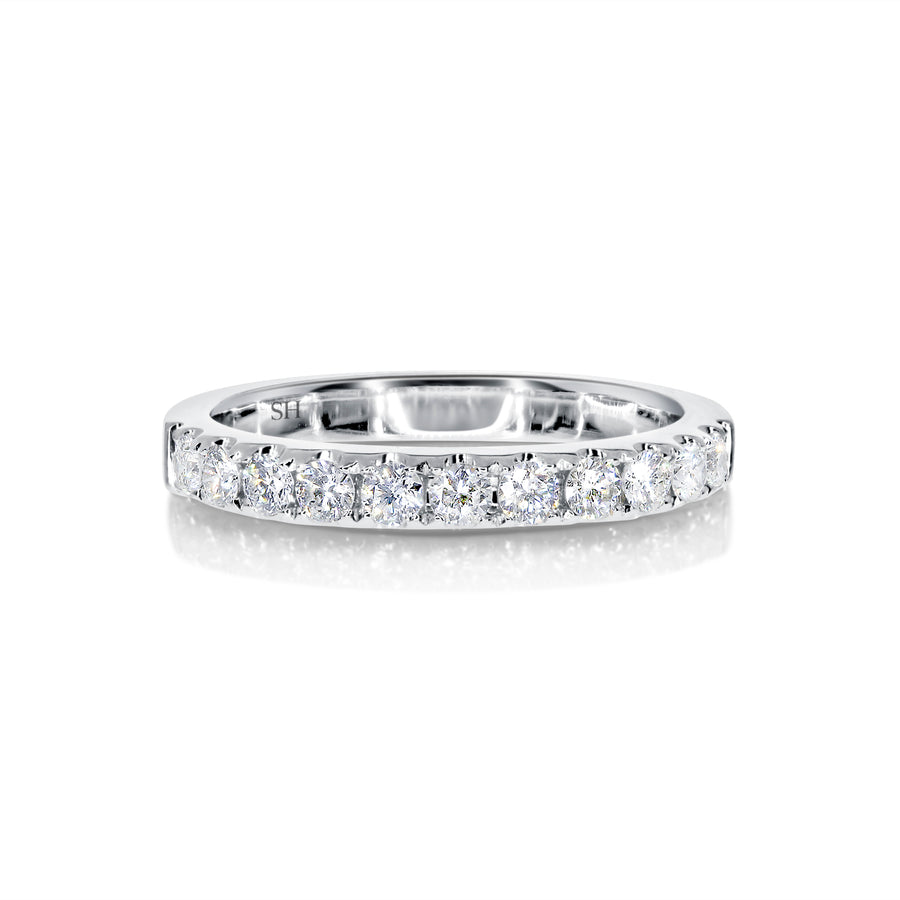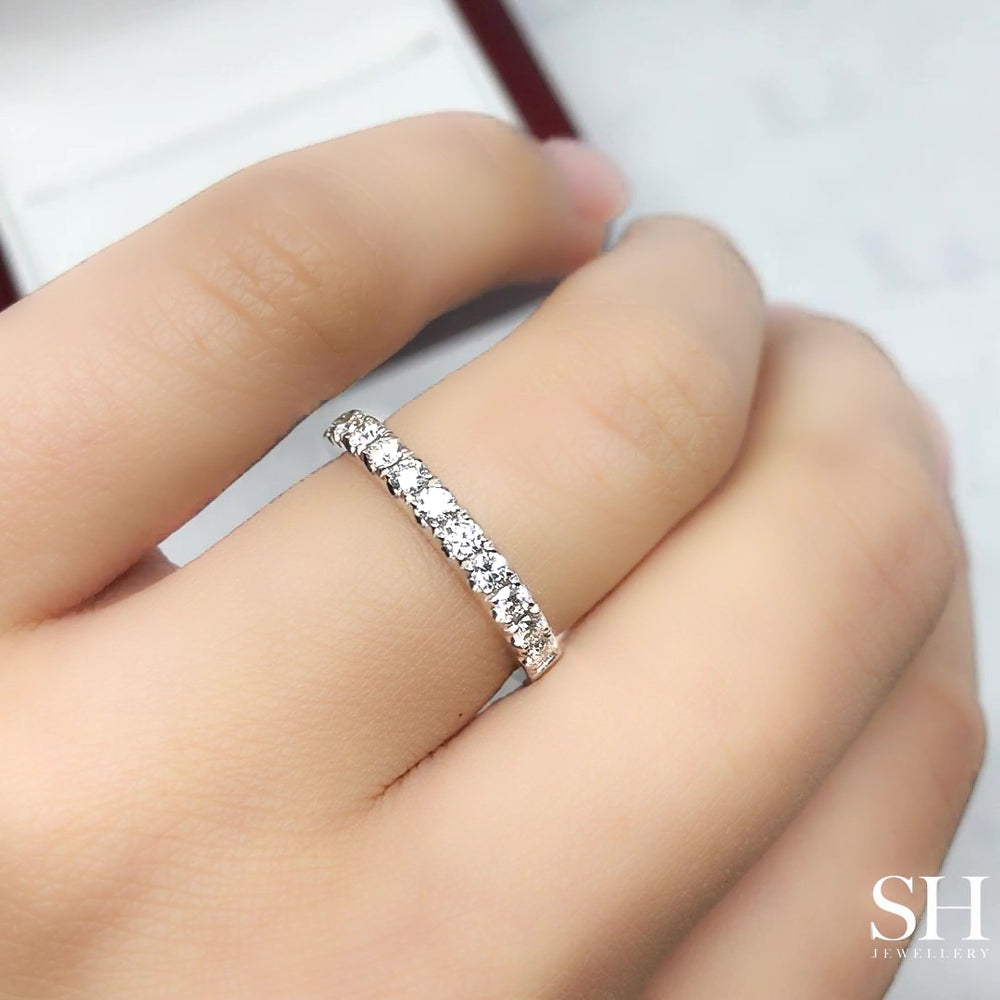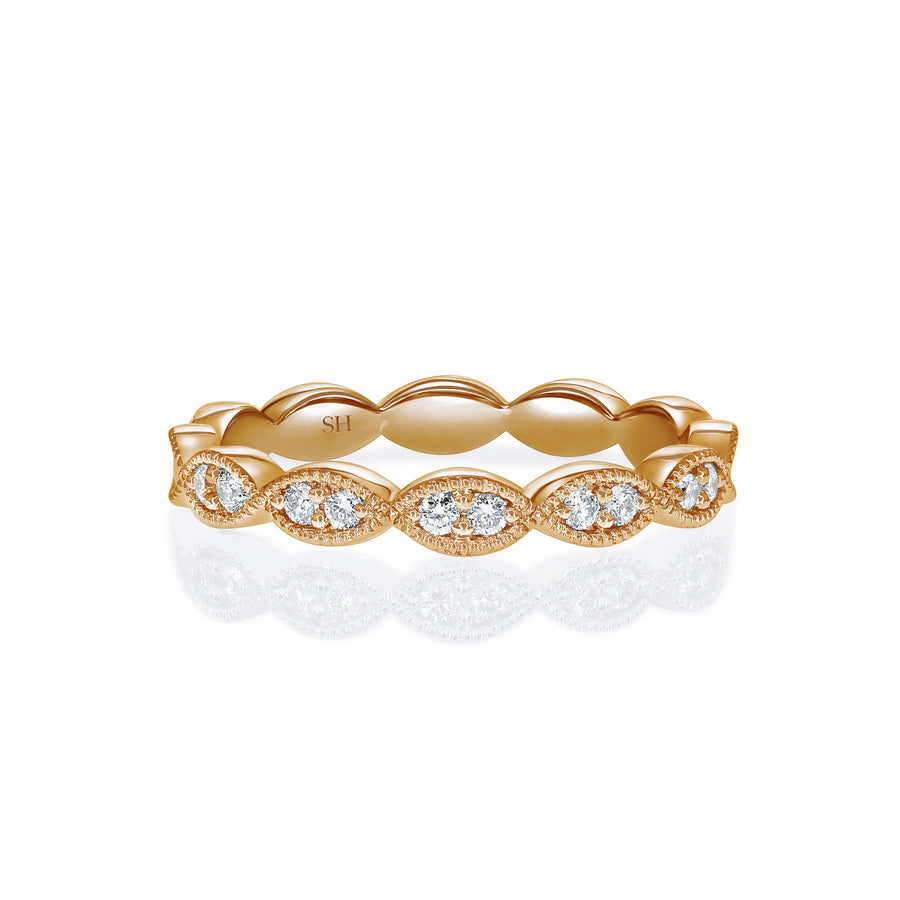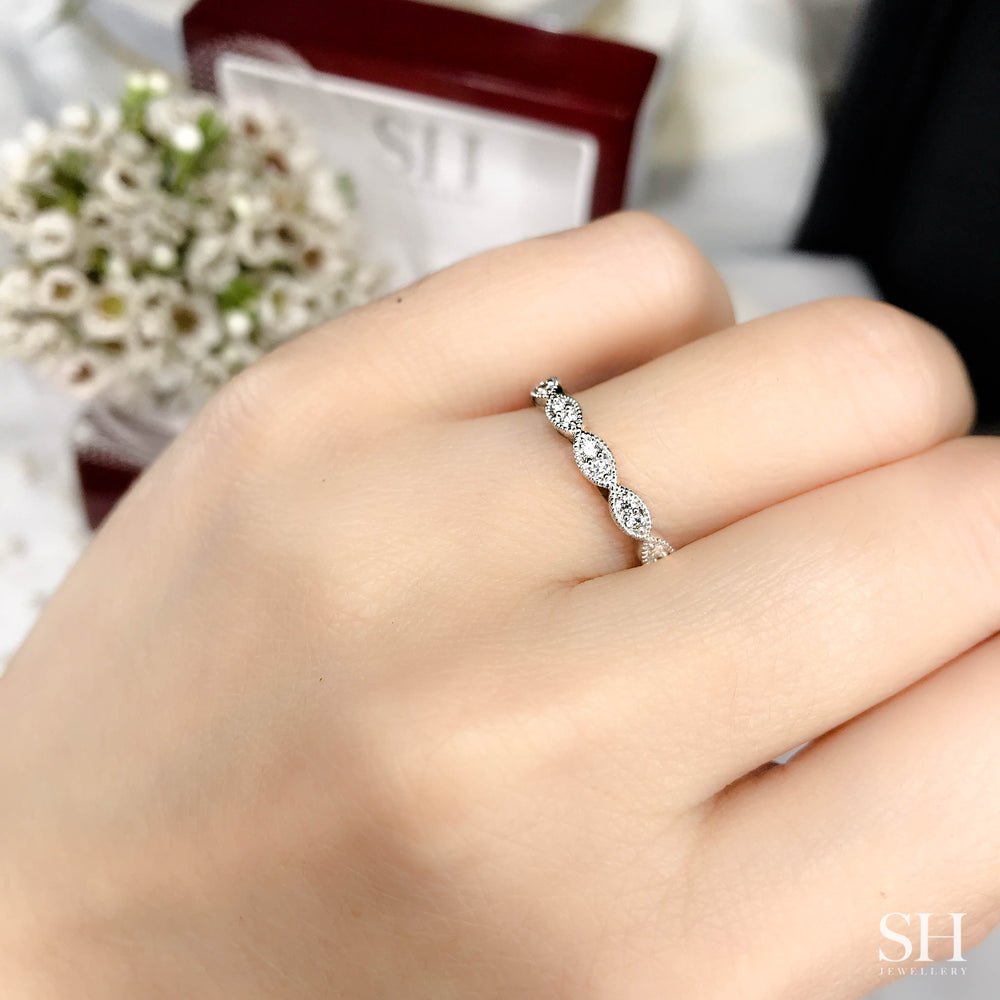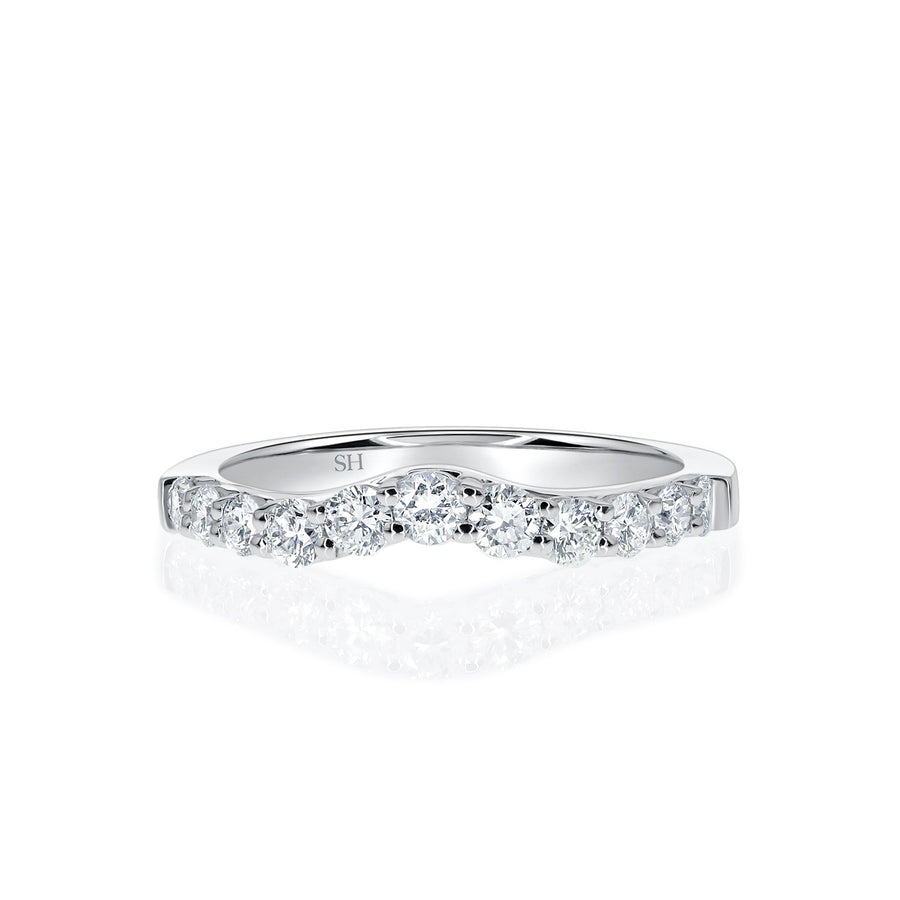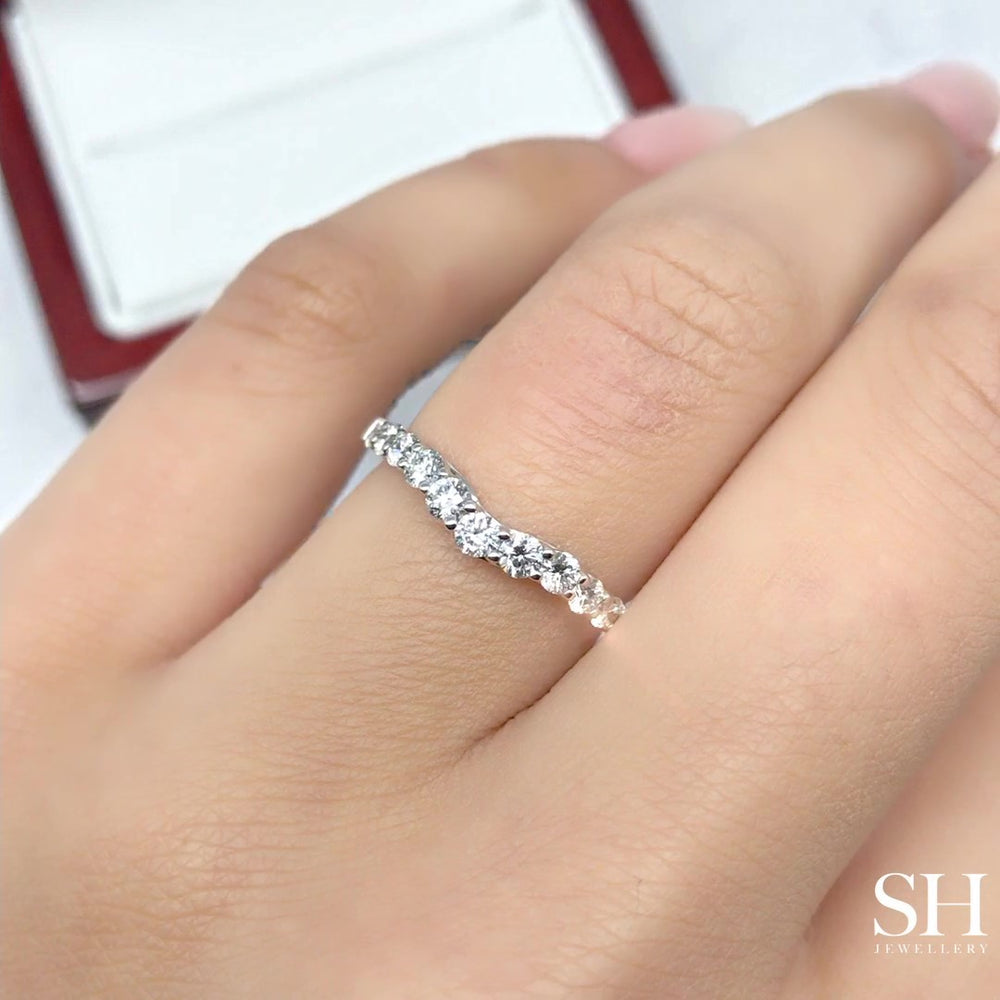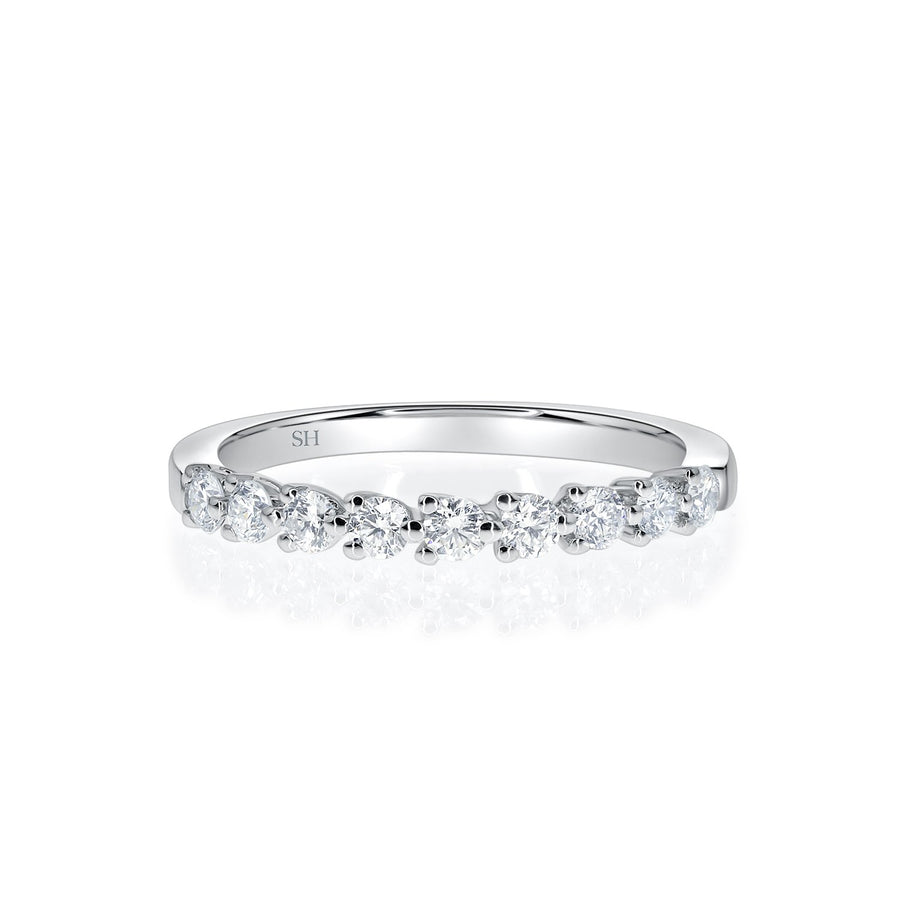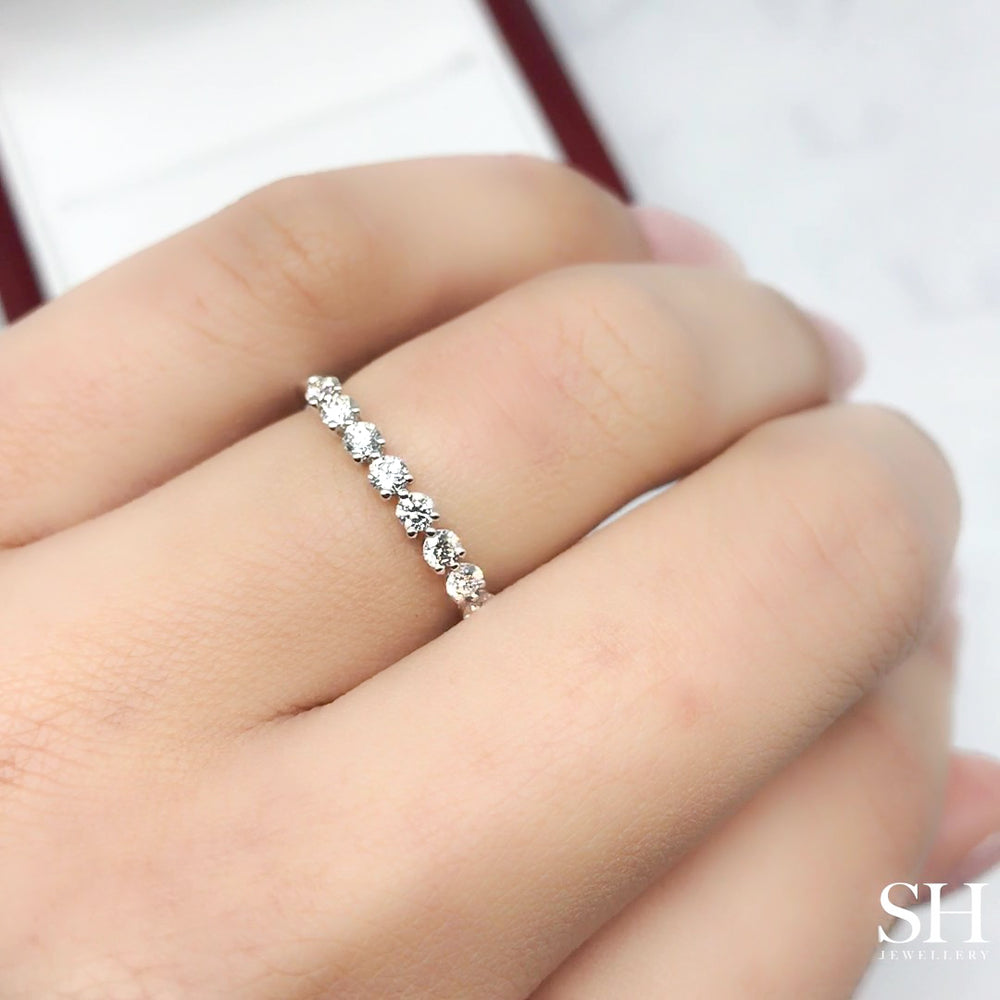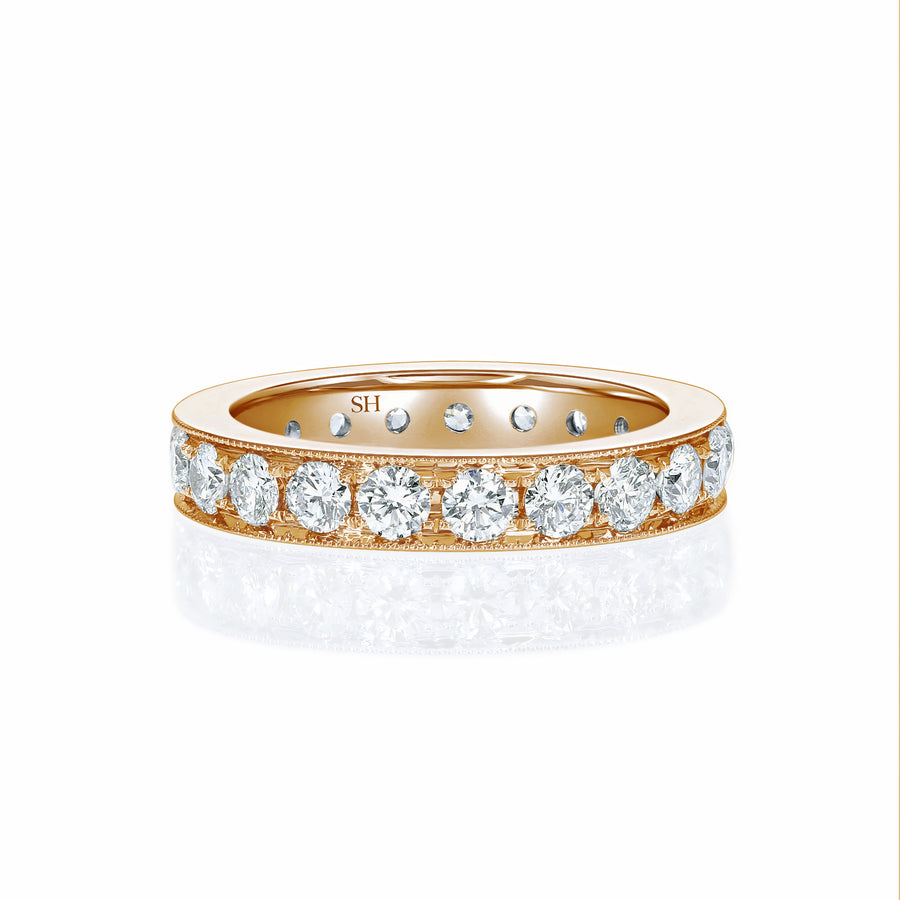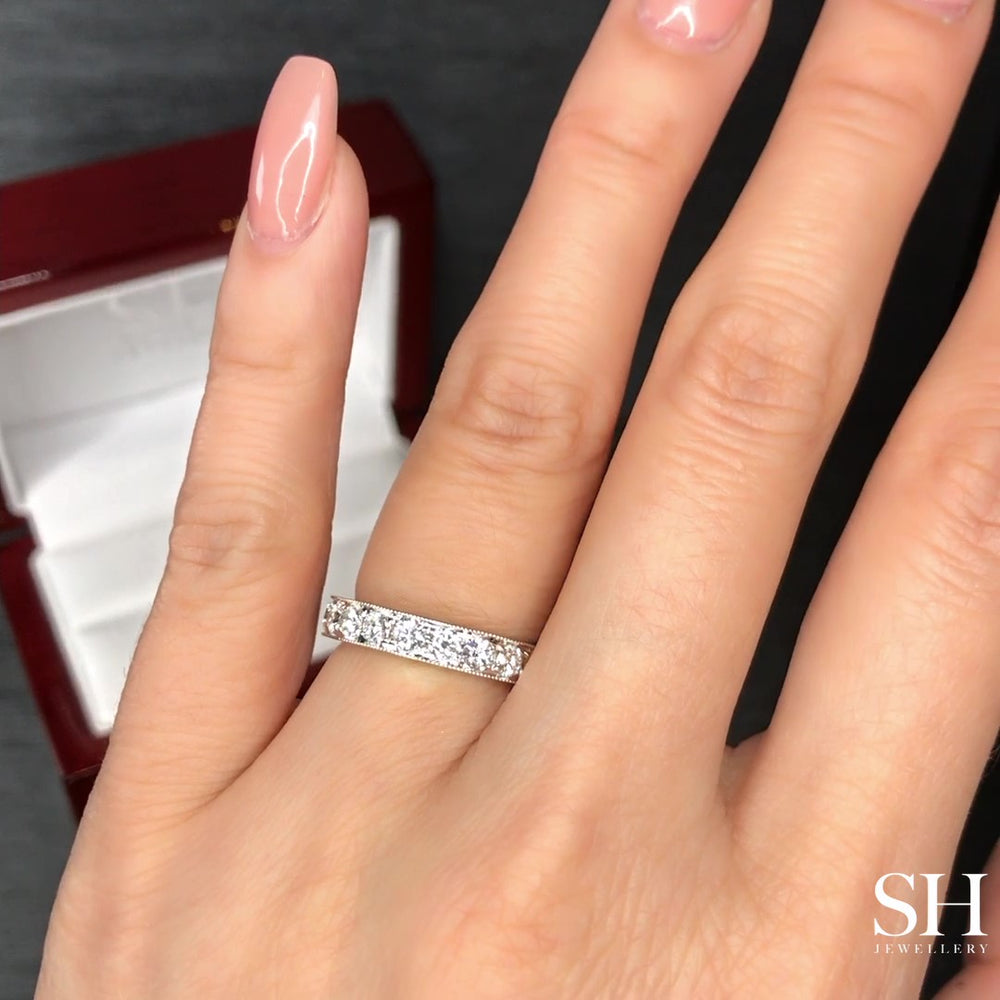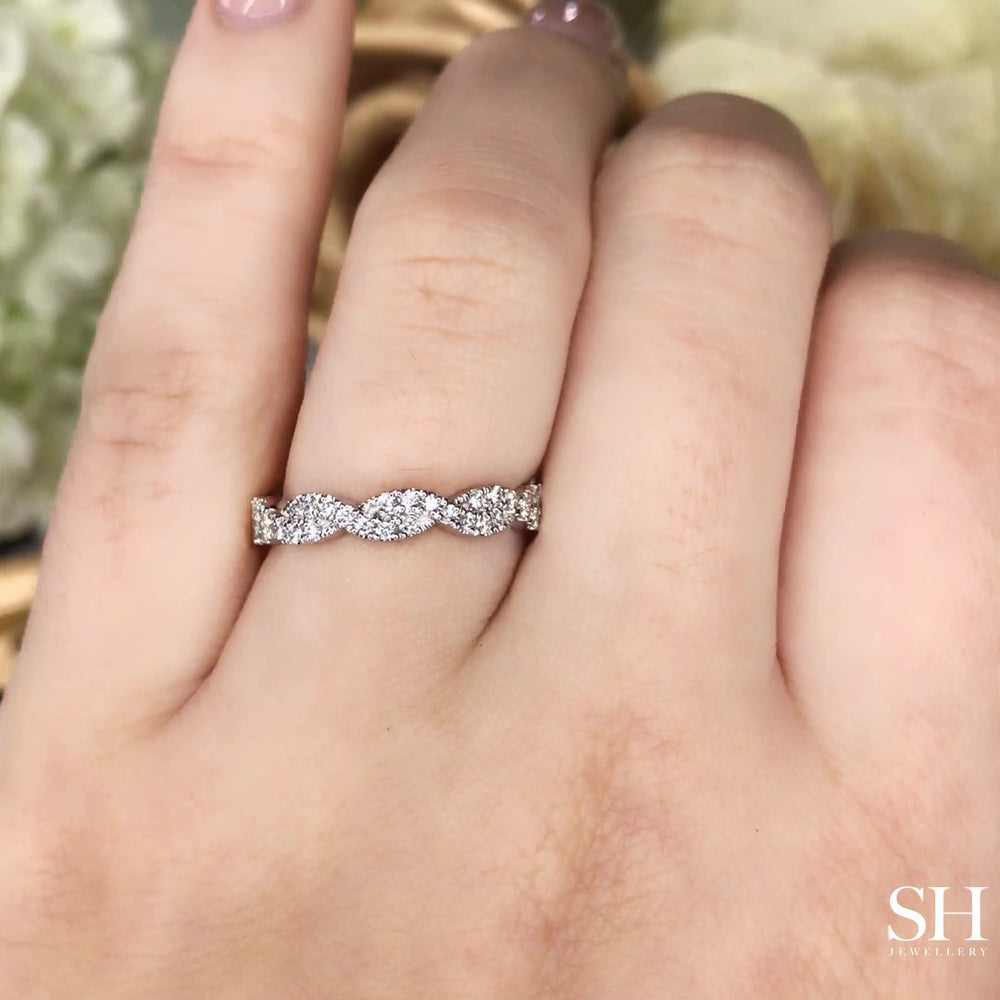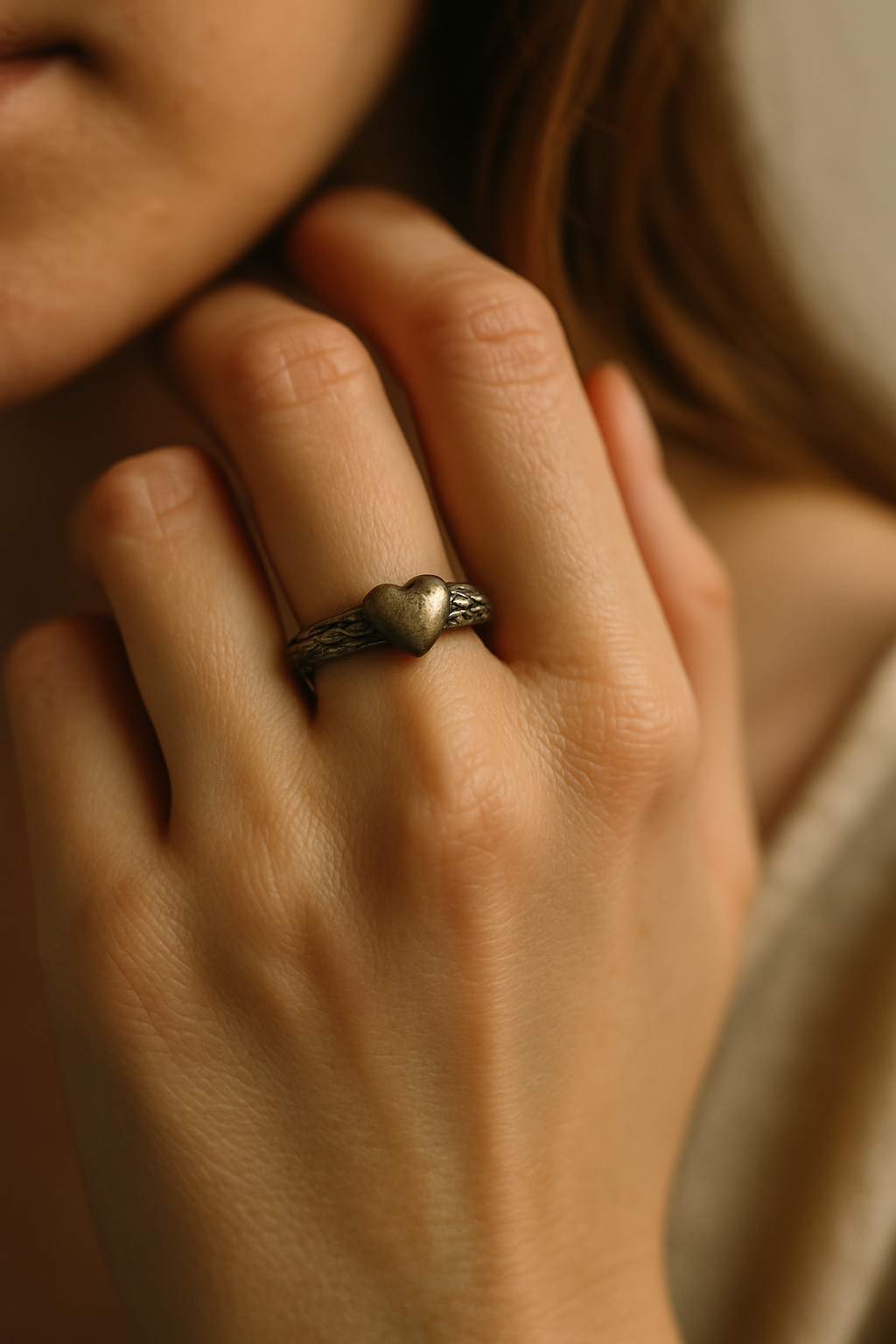
Unveiling the Rich History of Wedding Rings
Wedding rings aren’t your average jewellery; they symbolise love, loyalty, and lifelong commitment. Worn by couples across the globe, these simple bands carry centuries of tradition and meaning. From ancient rituals to modern declarations of devotion, the history of wedding rings charts how a universal token of love has been shaped by culture. Though styles have evolved, their purpose has remained unchanged: a constant reminder of unity and an unbreakable bond.
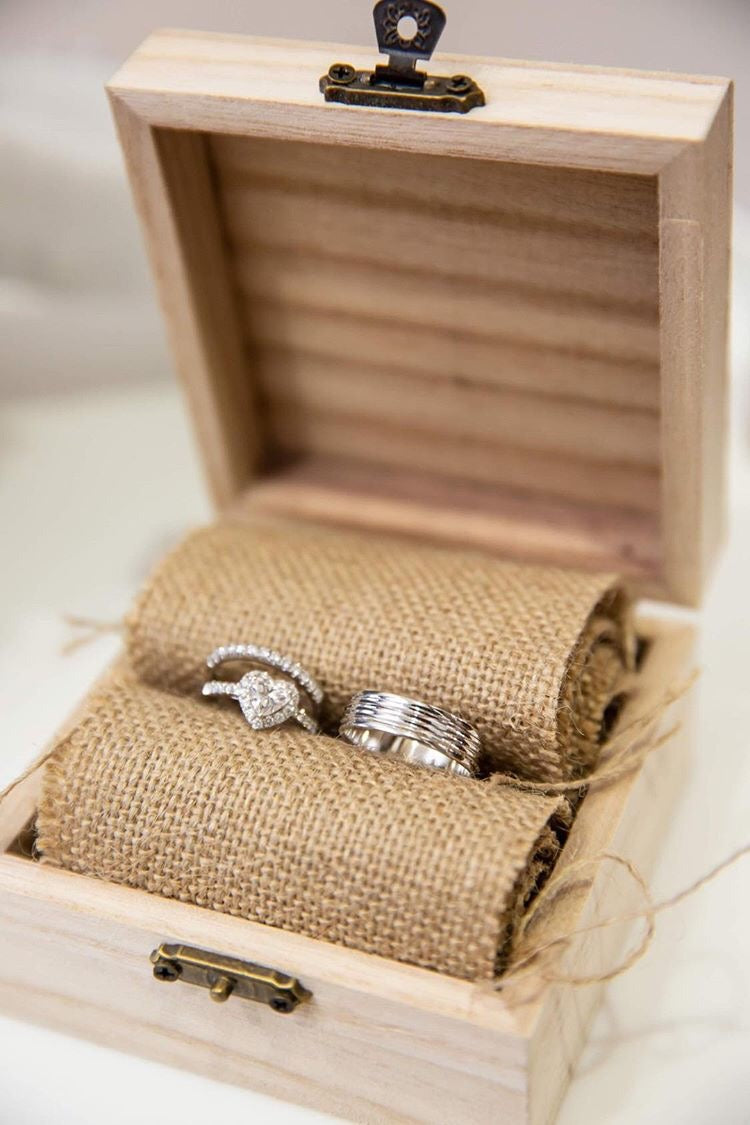
What is the History of Wedding Rings?
The story of the wedding ring began thousands of years ago. Ancient Egyptians wove rings from reeds, believing the circle symbolised eternal love. The Greeks adopted the practice, followed by the Romans, who began crafting rings from iron and gold, transforming them into icons of promise and trust. Over time, wedding rings progressed from tokens of ownership to powerful expressions of love and commitment. While customs vary across cultures, the idea of marking a union with a ring has stood the test of time.
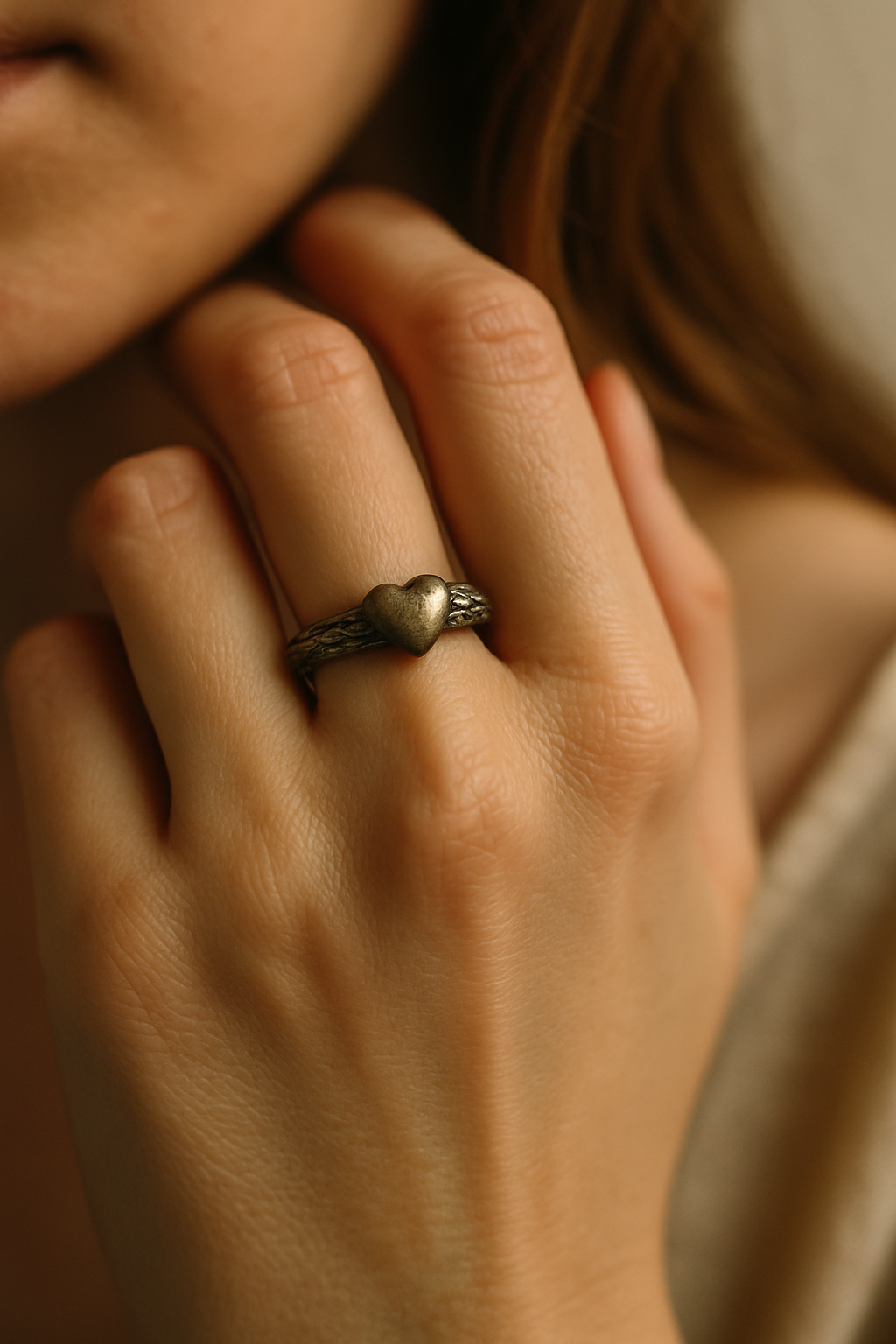
The Origin of Wedding Rings
The origin of wedding rings goes back to Ancient Egypt, where the circle symbolised eternity. Egyptians wore rings on the fourth finger of the left hand, believing it contained a vein that led directly to the heart. As the tradition spread to Greece and Rome, the meaning kept evolving. Romans crafted rings from iron and gold, turning them into symbols of loyalty, legal union, and lifelong promise.
Wedding Rings and Their Symbolism Through Time
The history of wedding rings shows a rich tapestry of cultural meaning. During a fascinating chapter in medieval wedding rings history, messages and emblems were often inscribed, turning bands into personal promises. By the Renaissance, gemstones and precious metals like gold and diamonds took centre stage, representing purity, loyalty, and social standing. Iron suggested strength and humility, while later, platinum came to symbolise rare, lasting love. Today’s wedding rings often blend tradition with personal style, a reflection of the couple’s own story.
Curious how ring meanings differ around the globe? Explore Wedding Ring Meanings Around the World
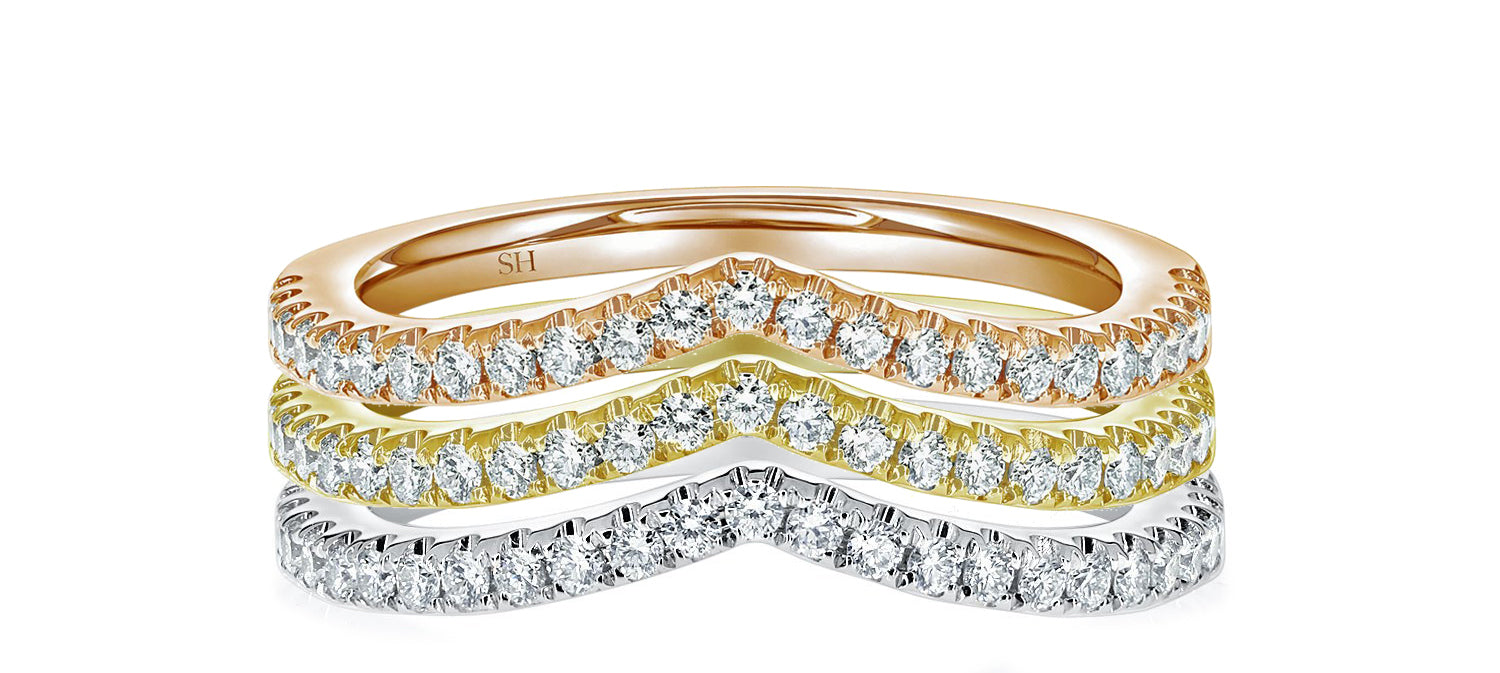
The Symbolism of Wedding Rings in Ancient Civilisations
In ancient Rome, wedding rings held layered meaning. Not just love but status, wealth, and even ownership. Gold rings were worn publicly to signify class, while iron bands were kept for private, domestic life. Greeks added artistry, carving gods or symbols of love into their designs. For many early cultures, a ring was a visible contract, marking trust, duty, and societal position as much as romantic union.
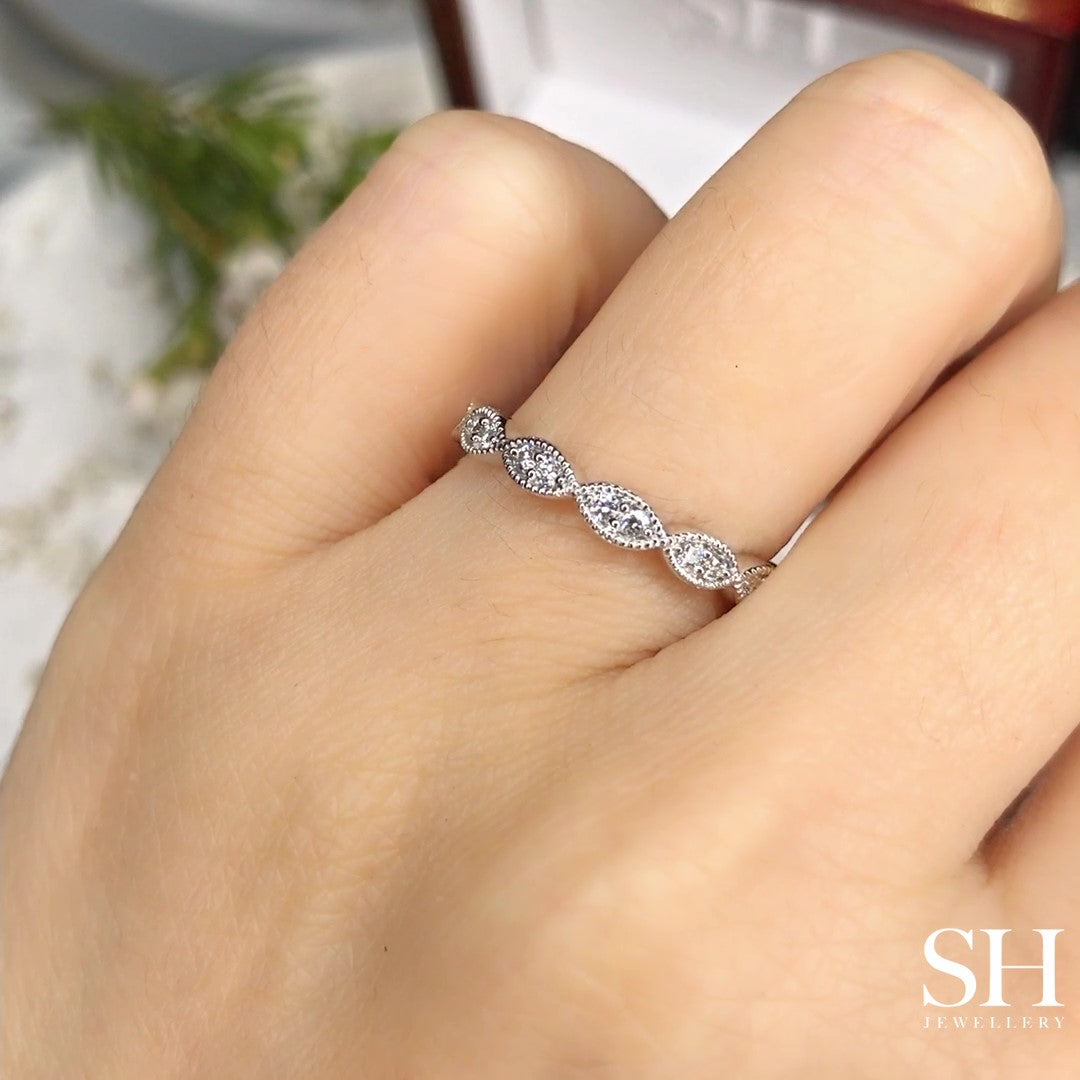
The History of Diamond Wedding Rings
The history of diamond wedding rings took a dramatic turn in the 20th century. While diamonds had adorned royal jewellery for centuries, they weren’t always the go-to choice for wedding rings. That changed in 1947, when diamond company De Beers launched its now-iconic campaign with the phrase “A Diamond is Forever.” This clever marketing move didn’t just boost sales, it reshaped cultural expectations. Suddenly, a diamond wasn’t just a gemstone but an expression of enduring love and status. The campaign’s success turned diamond rings from a luxury item into a must-have for modern proposals and weddings.
The Role of Diamonds in Wedding Rings: A 20th Century Revolution
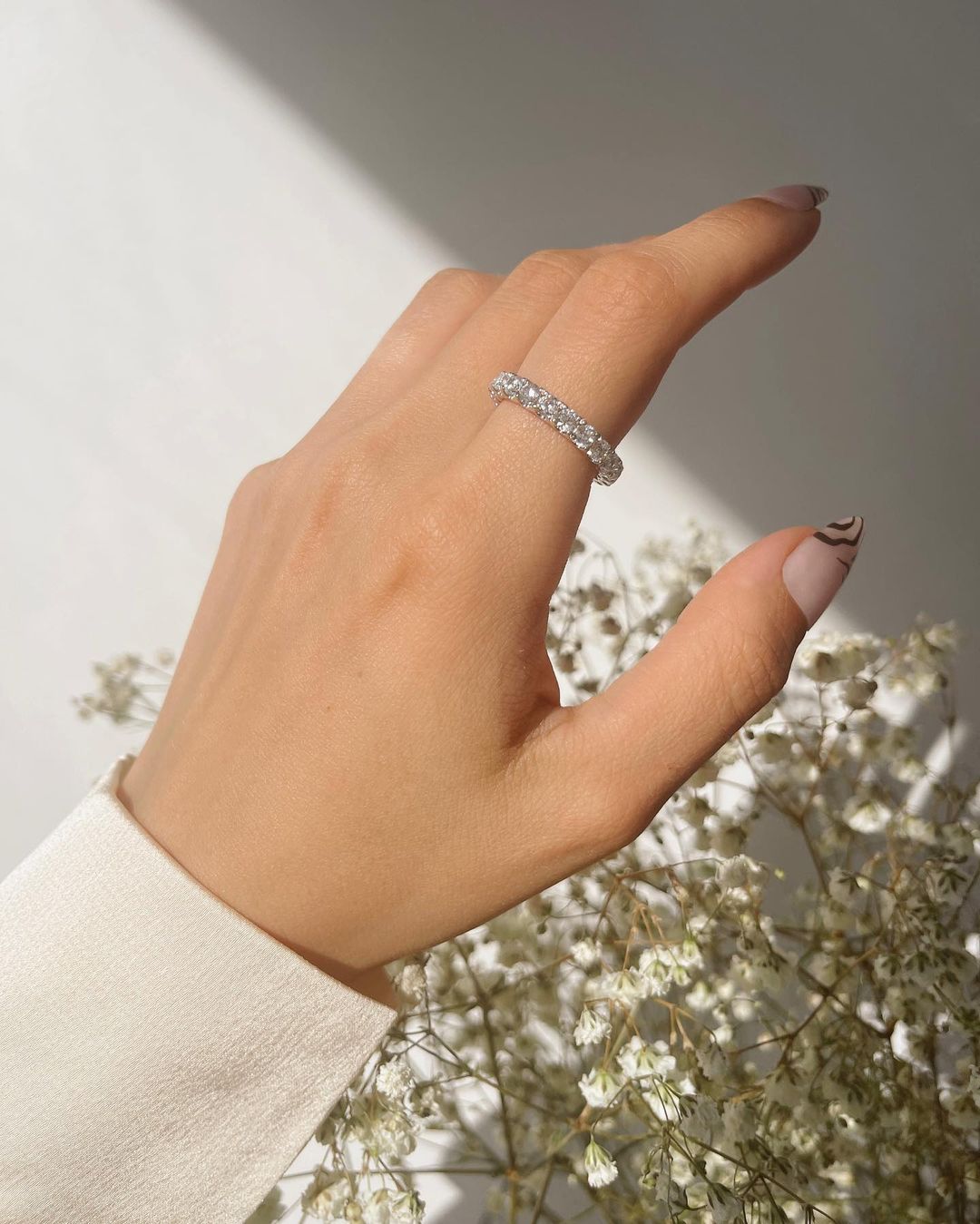
De Beers' marketing genius transformed diamonds into the ultimate emblem of commitment. The slogan “A Diamond is Forever” tapped into emotion, permanence, and romance—all the things a wedding ring is meant to symbolise. By mid-century, diamond rings weren’t just popular; they were expected. The shift firmly cemented diamonds as the standard for expressing timeless love.
Medieval Wedding Rings and Their Legacy
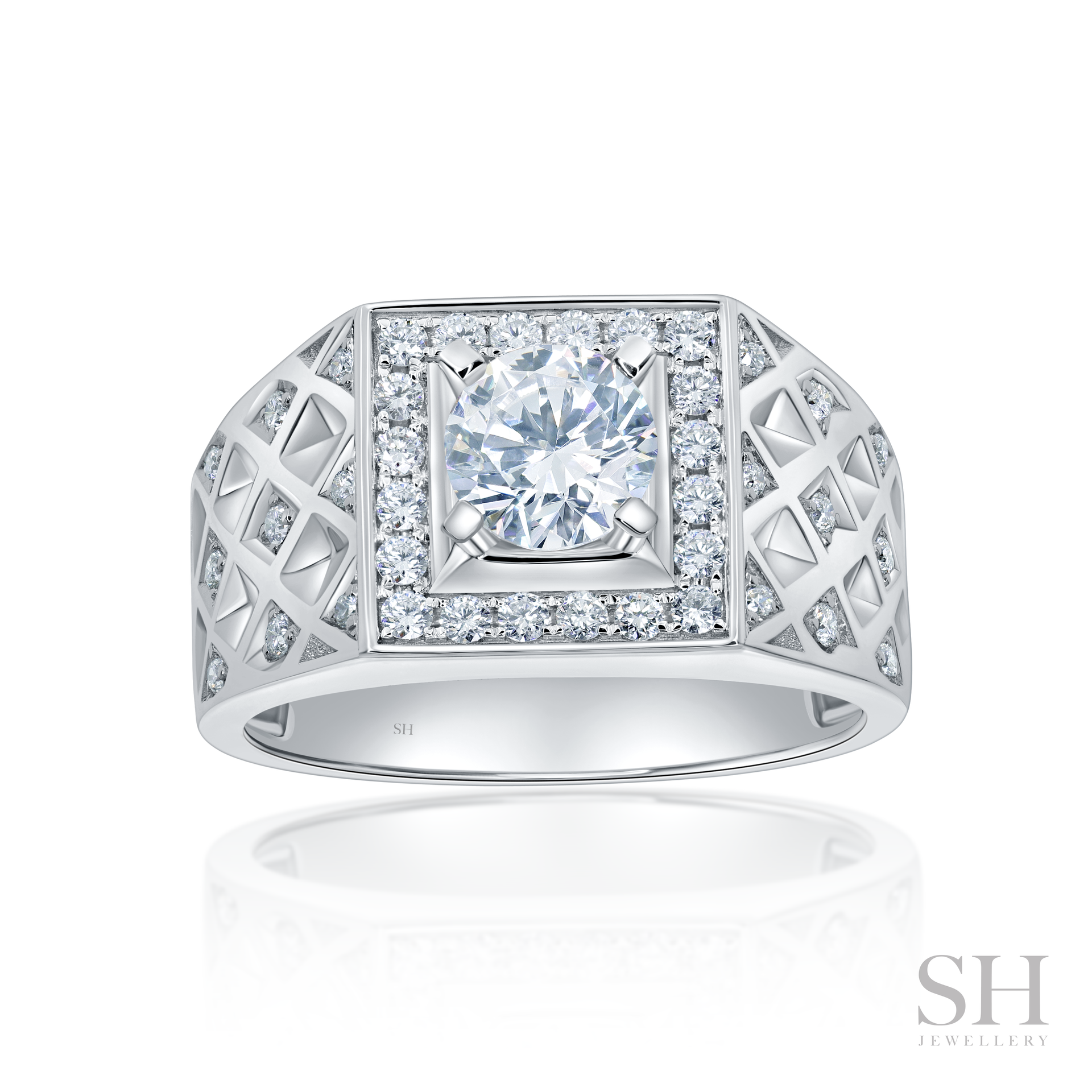
The Middle Ages played a defining role in the history behind wedding rings. During this era, rings often featured intricate engravings, religious motifs, and poetic inscriptions with deep spiritual meaning. The church also began formalising marriage rituals, making the ring a sacred symbol. Rings were commonly made from silver or bronze and exchanged during church ceremonies, a practice that laid the foundation for modern traditions.
How Medieval Wedding Rings Differed from Modern Rings
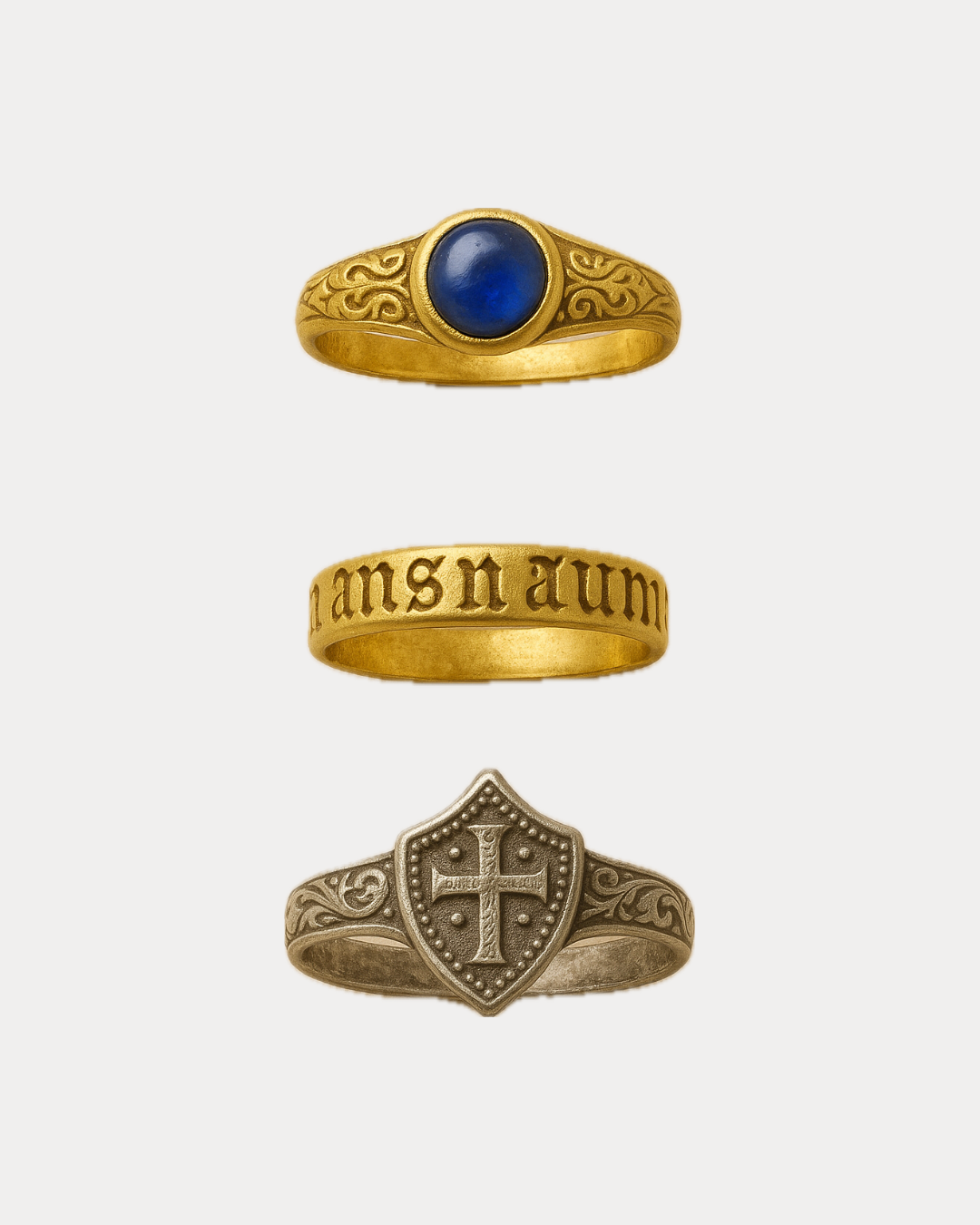
Unlike today’s polished bands, medieval wedding rings were handcrafted, symbolic, and often personalised. Designs reflected cultural values and available materials. Economic and religious shifts slowly influenced their evolution toward simpler, more uniform styles.
The Evolution of Wedding Ring Styles
A Timeline of Wedding Ring Styles
- Ancient Times: Simple bands made from woven reeds, bone, or iron symbolised unity and eternity.
- Medieval Era: Rings became more ornate, often engraved or set with gems to reflect religious faith and social status.
- Renaissance & Victorian Periods: Romantic motifs such as hearts, flowers, and clasped hands gained popularity, adding sentimentality to design.
- 20th Century: The rise of diamonds and precious metals, thanks in part to clever marketing, transformed wedding rings into symbols of both love and luxury.
- Modern Day: Designs continue to reflect personal style, from minimal bands to curved and stacked rings, blending tradition with innovation.
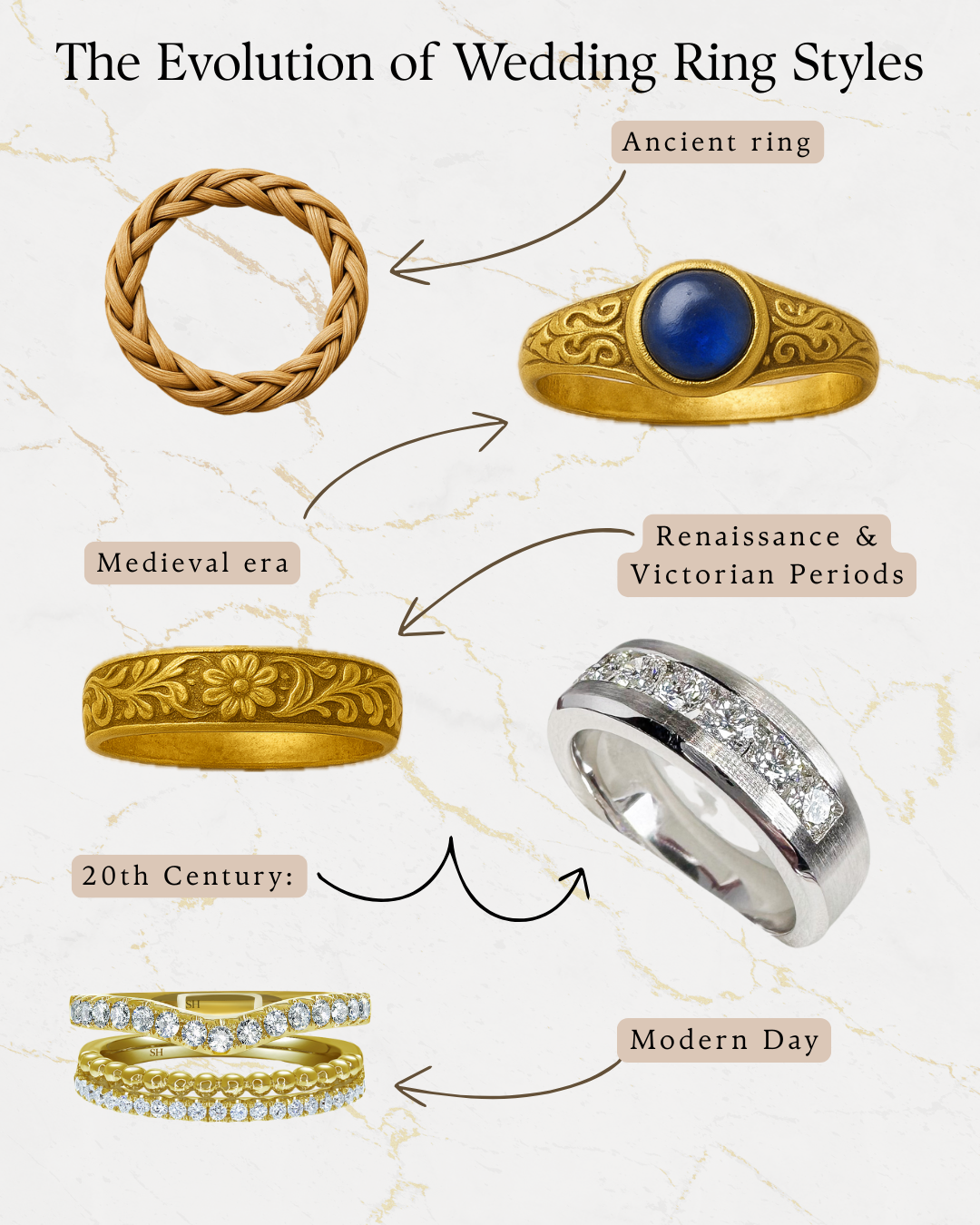
From Simple Bands to Luxury Rings: A Cultural Shift
Today, wedding rings come in countless styles, from minimalist bands to bold, sculptural designs featuring mixed metals, coloured gemstones, and curved shapes. The modern couple is as likely to choose a ring based on personal style as on tradition.
For more on today’s trending designs, visit our article on curved wedding rings.
Shop our Wedding Rings Collection
View allFrequently Asked Questions
The tradition of wedding rings began in ancient Egypt, where rings symbolised eternal love and commitment.
Wedding rings have pagan origins but were later embraced by Christian ceremonies, blending both cultural and religious significance.
The wedding ring's circular shape symbolises eternity, unity, and the unbroken bond between partners.
Passing down wedding rings is a sacred tradition that connects generations and adds deeper meaning through family legacy and love.


